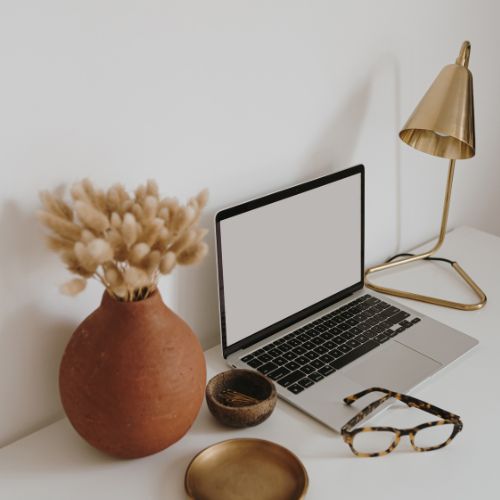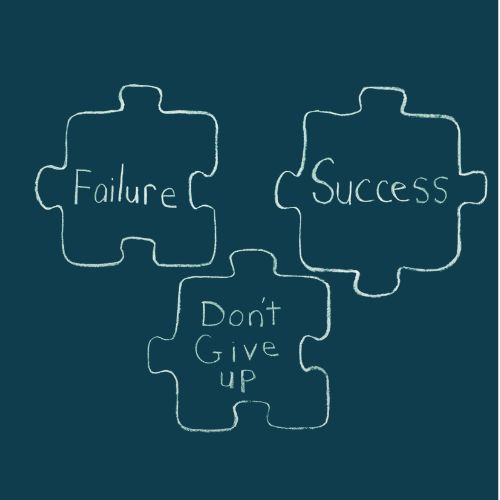
DIY Home Office Setup: Crafting Your Own Desk and Organizers – A Step-by-Step Guide
Setting up a home office doesn’t need to break the bank. With a little creativity and some basic tools, you can craft your own desk and organizers that are functional, stylish, and tailored to your needs. This guide will walk you through simple, DIY-friendly ways to create a personalized home office space that boosts productivity while staying within your budget.
1. Build a Custom Desk
Your desk is the centerpiece of your home office. Building your own allows you to customize the size, style, and functionality to fit your work habits.
Materials:
- Wooden boards (for the desk surface and legs)
- Screws and brackets
- Sandpaper
- Wood stain or paint
- Measuring tape
- Electric drill
Instructions:
- Measure Your Space: Start by measuring the area where your desk will go. This will help you determine the size of your desk.
- Cut the Wood: Purchase wooden boards from a hardware store or have them cut to your required size. You’ll need one large board for the desktop and four smaller boards for the legs (or use metal legs for a modern look).
- Assemble the Desk: Use brackets and screws to attach the legs to the desktop. Ensure that the legs are even to avoid wobbling.
- Sand and Finish: Sand down the surfaces to smooth out any rough edges. Finish by applying wood stain or paint to match your room’s aesthetic.
- Customize: Add drawers, shelves, or hooks for extra storage, depending on your needs.
2. DIY Floating Shelves for Office Supplies
Maximize your wall space with floating shelves that are easy to install and perfect for storing books, stationery, and decorative items.
Materials:
- Wooden planks
- L-brackets
- Screws and anchors
- Level
- Paint or stain (optional)
Instructions:
- Choose Your Shelves: Measure the width and depth of your shelves based on what you plan to store. Cut wooden planks to the desired length.
- Install Brackets: Mark where you want the shelves on the wall and use a level to ensure they’re even. Install L-brackets to the wall using screws and anchors.
- Attach Shelves: Place the wooden planks on top of the brackets and screw them in place.
- Paint or Stain: For a polished look, paint or stain the shelves before installing them. Let them dry completely.
- Organize: Place books, file folders, decorative plants, and other office supplies on your new floating shelves.
3. Create a Pegboard Organizer
A pegboard is an excellent way to keep your tools, stationery, and gadgets organized and within easy reach. It’s flexible, customizable, and a great addition to any home office.
Materials:
- Pegboard
- Hooks and baskets
- Screws and washers
- Wall anchors
- Paint (optional)
Instructions:
- Prep the Pegboard: If you want a more colorful look, paint the pegboard to match your office color scheme. Let it dry completely before mounting.
- Mount the Pegboard: Measure and mark where you want to hang the pegboard. Use screws and wall anchors to securely attach it to the wall.
- Add Hooks and Baskets: Arrange hooks, baskets, and shelves on the pegboard. These can hold everything from scissors and pens to your tablet or phone.
- Organize Supplies: Hang items that you use frequently, such as notebooks, pens, or even small potted plants for a fresh touch.
4. Make a DIY Monitor Stand
A monitor stand helps raise your screen to eye level, reducing strain on your neck and shoulders. Here’s a simple way to build one with minimal materials.
Materials:
- Wooden board (for the stand)
- 4 wooden blocks or small legs
- Screws
- Paint or wood stain (optional)
Instructions:
- Choose the Dimensions: Measure the width of your monitor and decide how high you want the screen to sit. Cut a wooden board to fit the size of your monitor.
- Attach the Legs: Screw the four wooden blocks or legs to the corners of the board, ensuring that the height is even.
- Sand and Finish: Sand the wood for smoothness, and apply a coat of paint or stain if desired. Let it dry completely before placing your monitor on top.
- Cable Management: You can drill small holes at the back of the stand for easy cable management.
5. Craft Desk Organizers from Recycled Materials
Keep your desk clutter-free with DIY organizers made from everyday items like cardboard, mason jars, or tin cans. It’s an eco-friendly way to stay organized while adding a personal touch.
Materials:
- Mason jars, tin cans, or cardboard boxes
- Wrapping paper, paint, or fabric (to decorate)
- Glue or double-sided tape
- Scissors
Instructions:
- Prep Your Materials: Clean and dry your mason jars or tin cans. For cardboard boxes, cut them to the desired size for storing pens, notepads, or other supplies.
- Decorate: Cover the cans or boxes with wrapping paper, paint, or fabric. Use glue or double-sided tape to attach the decorations.
- Organize Supplies: Use mason jars for pens and pencils, or the cardboard boxes for files, papers, and other small office supplies.
6. DIY Cable Management Solutions
Cables can quickly become a tangled mess in any office space. With these simple DIY cable management tips, you can keep cords neat and out of sight.
Materials:
- Velcro ties or zip ties
- Binder clips
- Adhesive cable clips
- Washi tape (optional)
Instructions:
- Label Cables: Use washi tape to label each cable, so you know which cord belongs to which device.
- Use Velcro or Zip Ties: Bundle excess cable length using Velcro ties or zip ties to keep things tidy.
- Attach Cables to the Desk: Use binder clips or adhesive cable clips to attach cables along the back or underside of your desk.
- Create a Charging Station: Dedicate a drawer or a section of your desk for charging devices, keeping all the cables organized and hidden.
7. Build a Corkboard or Whiteboard
A corkboard or whiteboard is essential for keeping track of tasks, deadlines, and notes. Building one is easy and allows you to personalize the size and look.
Materials:
- Corkboard or whiteboard sheet
- Frame or wooden trim (optional)
- Mounting hardware (for hanging)
- Paint or stain (optional)
Instructions:
- Cut to Size: Purchase a pre-cut corkboard or whiteboard, or cut it to the size you need. You can add a frame for a more finished look.
- Mount It: Attach the corkboard or whiteboard to the wall using screws or adhesive strips, depending on the weight and size.
- Personalize It: Add decorative elements like a painted frame or colorful push pins to make the board more visually appealing.






